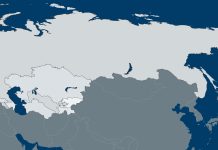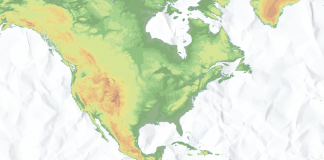When the Soviet Union collapsed, the countries of Central Asia became independent. With their newfound sovereignty came all the challenges of building an independent, efficient economy without the USSR’s financial assistance. The Central Asian states achieved relatively dynamic economies, but they remain poor and unstable. In addition to high unemployment, inadequate living standards and low wages, the republics face the threat of international terrorism and extremism as well as smuggling. These are also threats to Russia, which after the tumultuous 1990s rebuilt itself and reasserted its sphere of influence, which includes Central Asia. Thus, to ensure its security, it’s crucial for the Kremlin that these areas be stable, peaceful and pro-Russian.
A close economic partner of Russia, Kazakhstan rang in 2022 with protests. There were several factors for the unrest: a sudden, sharp increase in the price of liquefied petroleum gas, income inequality, rising prices and a depreciating currency. The demonstrations started in the gas-producing city of Zhanaozen in the west but soon escalated and spread, including to Kazakhstan’s largest city, Almaty. The protesters’ demands expanded from economic to political, including calling for the government’s resignation and the departure from politics of the country’s first president, Nursultan Nazarbayev, who stepped down in 2019 but remains a powerful figure in the shadows. With the help of troops from the Russia-led Collective Security Treaty Organization, Kazakh security forces promptly put down the protests.







